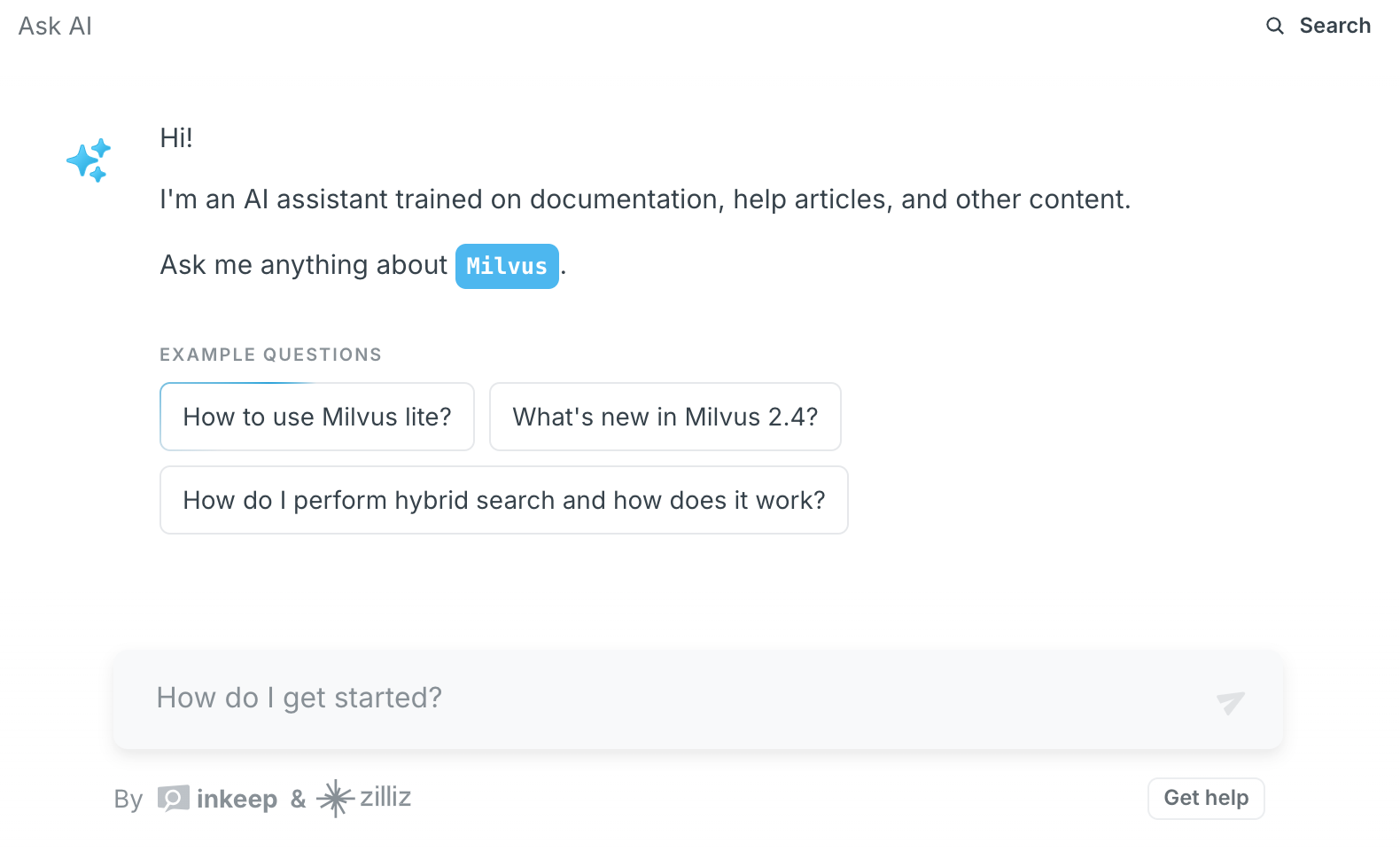Introducing a retrieval step in a QA system typically increases end-to-end latency compared to a standalone LLM answer generation. This is because retrieval adds sequential processing stages: the system must first query a database or document store, process the results, and then pass relevant context to the LLM for generation. For example, a standalone LLM might take 2 seconds to generate a response directly from its internal knowledge. With retrieval, the same system might spend 500ms searching a vector database like FAISS, 200ms filtering results, and then 1.5 seconds for the LLM to generate an answer—totaling 2.2 seconds. The added latency comes from the retrieval step itself, network or disk I/O, and any preprocessing of retrieved data. However, the impact depends on factors like retrieval method efficiency, data size, and how the system is optimized.
To measure this impact, developers can instrument the system to track time spent in each component. For instance, using logging or profiling tools to record timestamps before and after retrieval and generation phases. A/B testing can compare latency between a standalone LLM and a retrieval-augmented version under identical queries. Metrics like average latency, 95th percentile latency, and throughput (queries per second) help quantify differences. For example, a test might reveal that adding retrieval increases average latency by 30% but improves answer accuracy by 40%. Tools like Prometheus or custom logging scripts can automate these measurements. Additionally, developers should test under realistic loads—large datasets or high query volumes—to account for scaling effects, such as cache misses or database indexing delays.
The latency impact can be mitigated through optimization. Caching frequently accessed data (e.g., using Redis) reduces retrieval time for common queries. Parallelizing parts of retrieval and generation (e.g., prefetching context while the LLM initializes) may help, though dependencies often limit this. Choosing efficient retrieval methods, like approximate nearest neighbor search instead of exact matches, balances speed and accuracy. For example, switching from Elasticsearch (keyword-based) to FAISS (vector-based) might cut retrieval time by half. Developers should also consider hardware: GPU-accelerated retrieval or faster storage (SSDs vs. HDDs) can reduce bottlenecks. Ultimately, the trade-off depends on use case priorities—if accuracy is critical, added latency may be acceptable, but for real-time applications, a standalone LLM might be preferable despite lower precision.
